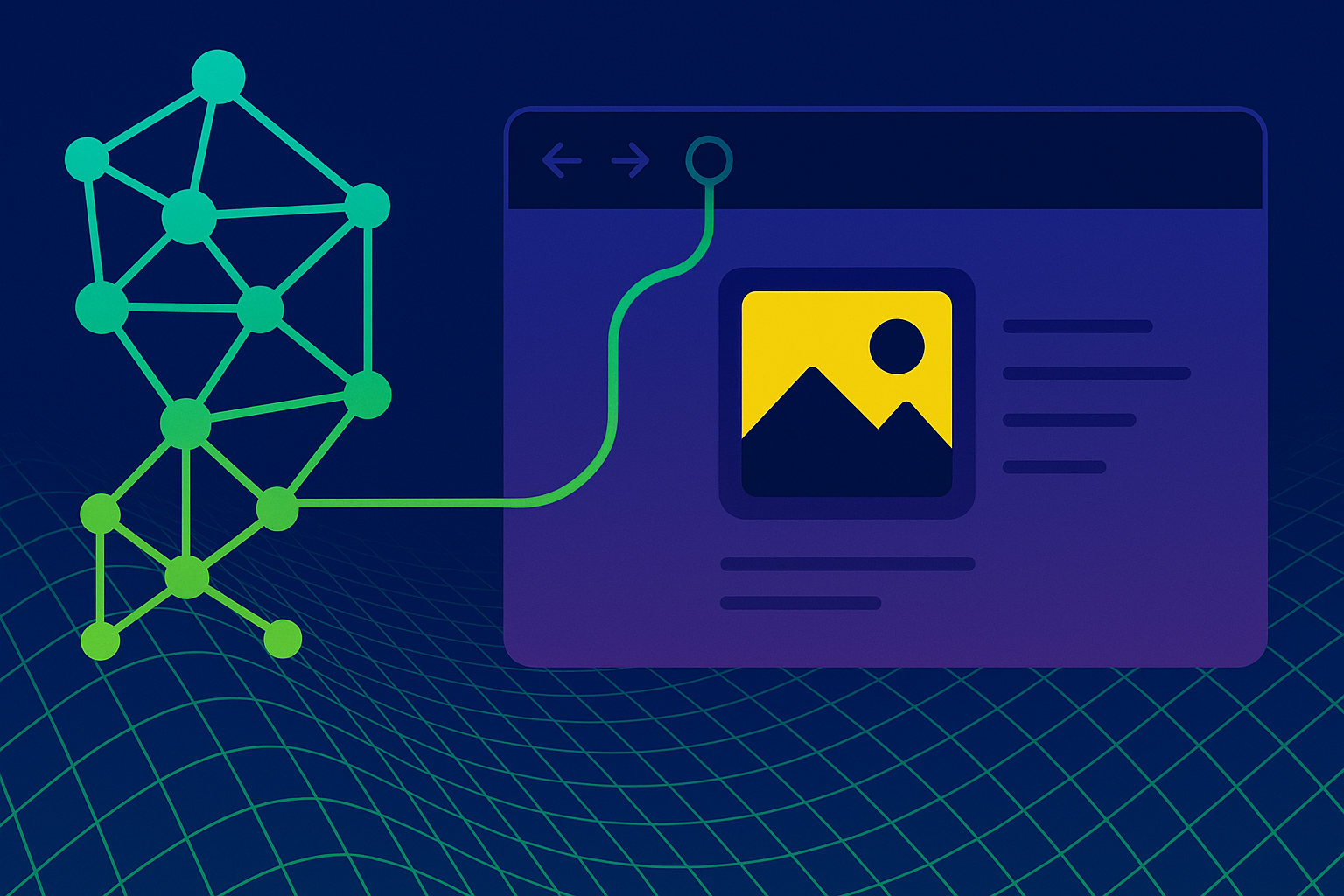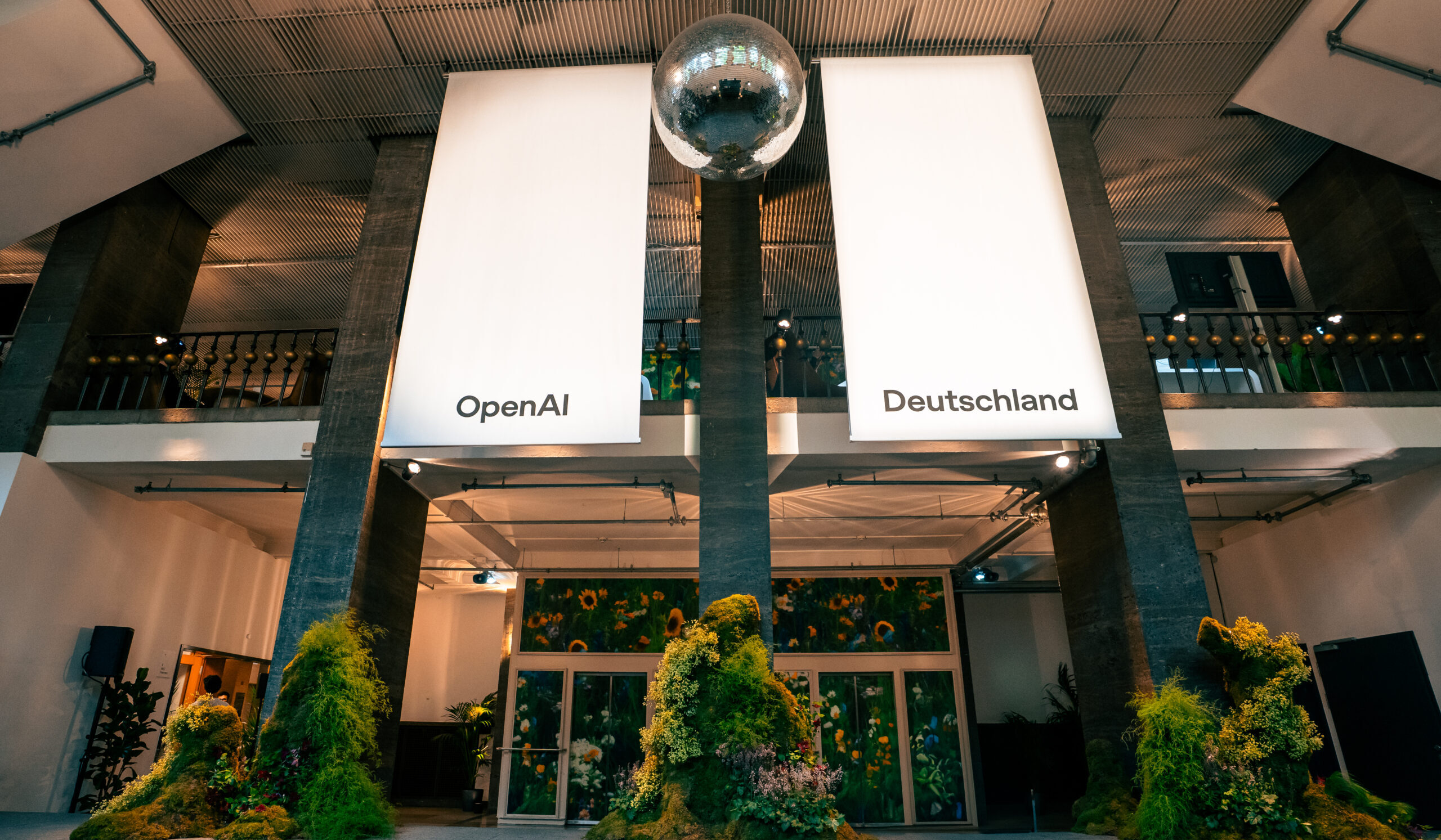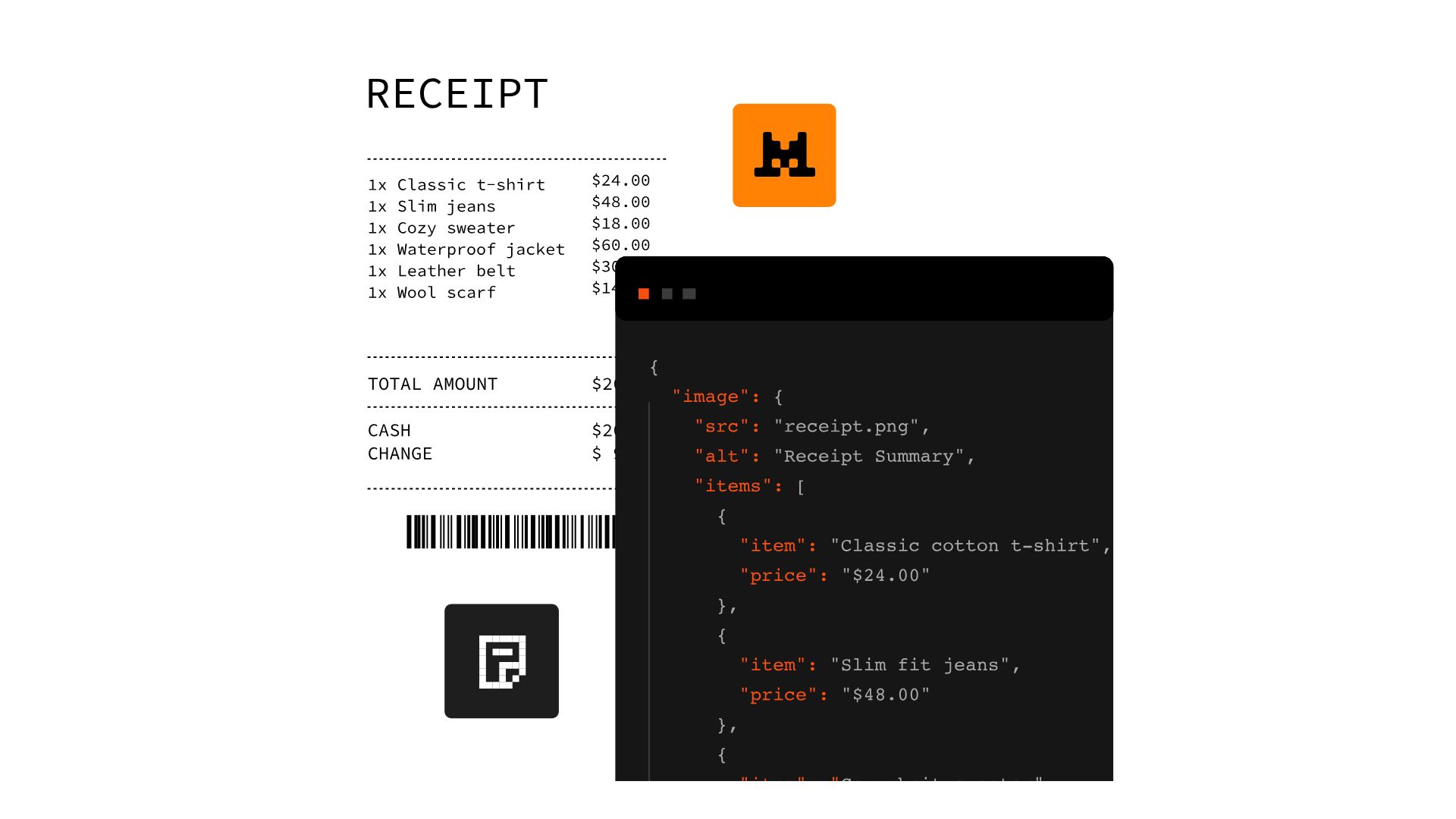Google's latest video AI model, Veo 3, can generate realistic videos with audio and mimic a range of styles—including the look and feel of video games. While the results aren't interactive like a real game, they do a convincing job of visualizing gaming concepts, whether from a first-person or third-person perspective. The technology doesn't come cheap: according to developer fofrAI, generating a video with Veo 3 costs about $0.75 per second. Veo 3 is currently available in the US for Google AI Ultra subscribers at $249 per month.
Video: fofrAI via X







